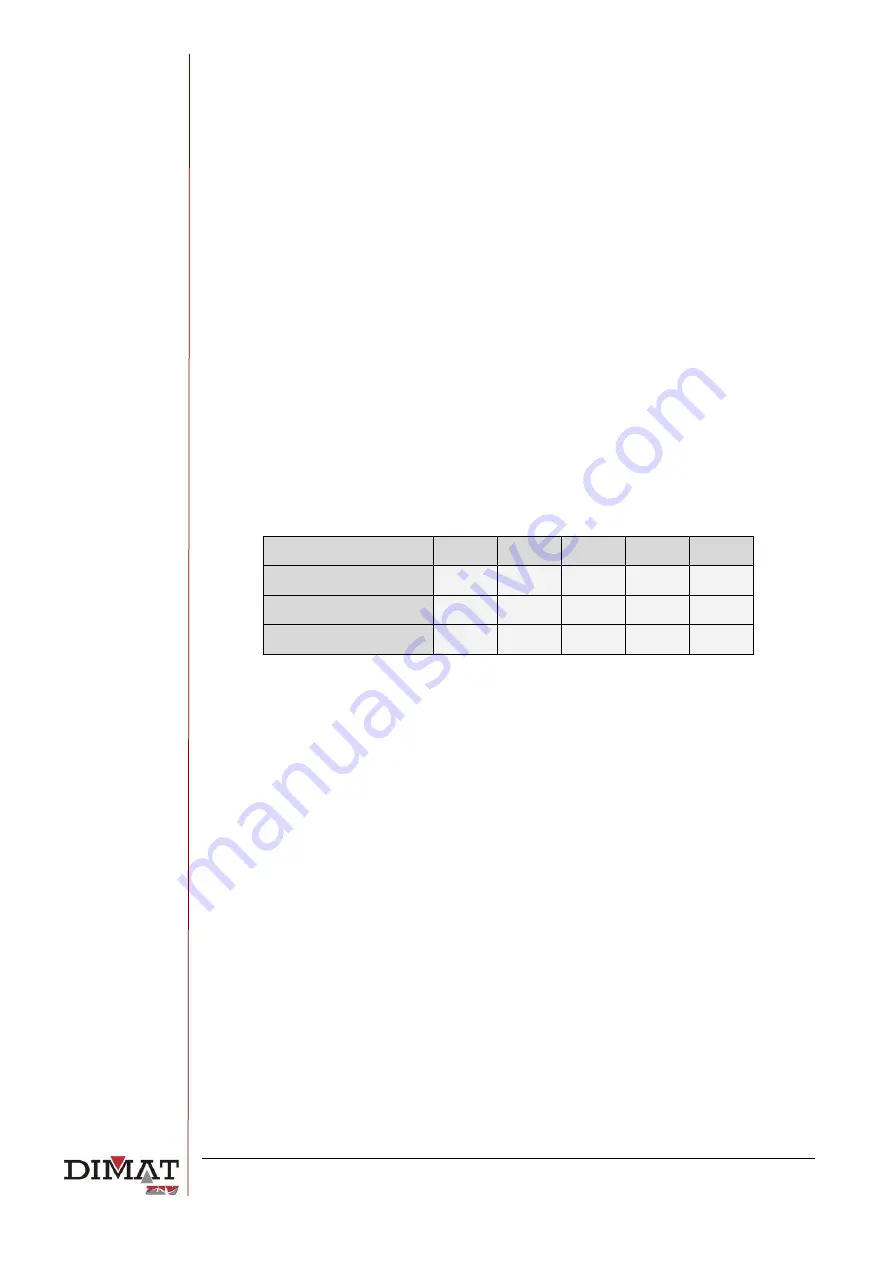
OPU-1
UNIVERSAL POWER-LINE CARRIER SYSTEM TYPE OPU-1
GENERAL DESCRIPTION - Rev 7 (May 2019)
34/67
3
PARTICULARITIES OF THE SYSTEM
3.1
USE OF THE ANALOG BASE BAND
The available band, extending from 300 Hz to 3850 Hz, can be used for the transmission of
data at high speed, various VF telegraph channels, teleprotection signals (D-type channel)
or for a speech-plus service (T-type channel).
TABLE 3 indicates the maximum number of standardized channels of 50, 100 and 200 Bd
that can be situated in the D-type channel.
TABLE 3
Maximum number of channels for a D-type channel
ITU-T Recommendation
R.35
R.37
R.39
R.38A
R.38B
Transmission rate (Bd)
50
100
100
200
200
Separation (Hz)
120
240
170
480
360
Number of channels
29
14
20
7
9
The number of higher-rate FSK channels that can be transmitted in the same band is three
for a transmission rate of 600 Bd (with a separation of 960 Hz) and two for a rate of
1200 Bd.
In the T-type channel, where the available band is shared between speech and data, the
speech band is limited by a frequency lower than 300 Hz and by an upper one that is
programmable between 2000 Hz and 3400 Hz. The superimposed band extends between
1.06 times the cutoff frequency selected for the speech band and 3850 Hz. The maximum
transmission rate that can be obtained in the superimposed band is 1200 Bd when the
speech band is limited to 2000 Hz.
3.2
USE OF THE PILOT (ANALOG CHANNEL)
The pilot is situated below the available band, at the virtual frequency of 150 Hz, which
makes all of the band between 300 Hz and 3850 Hz available for the transmission of
information.
















































